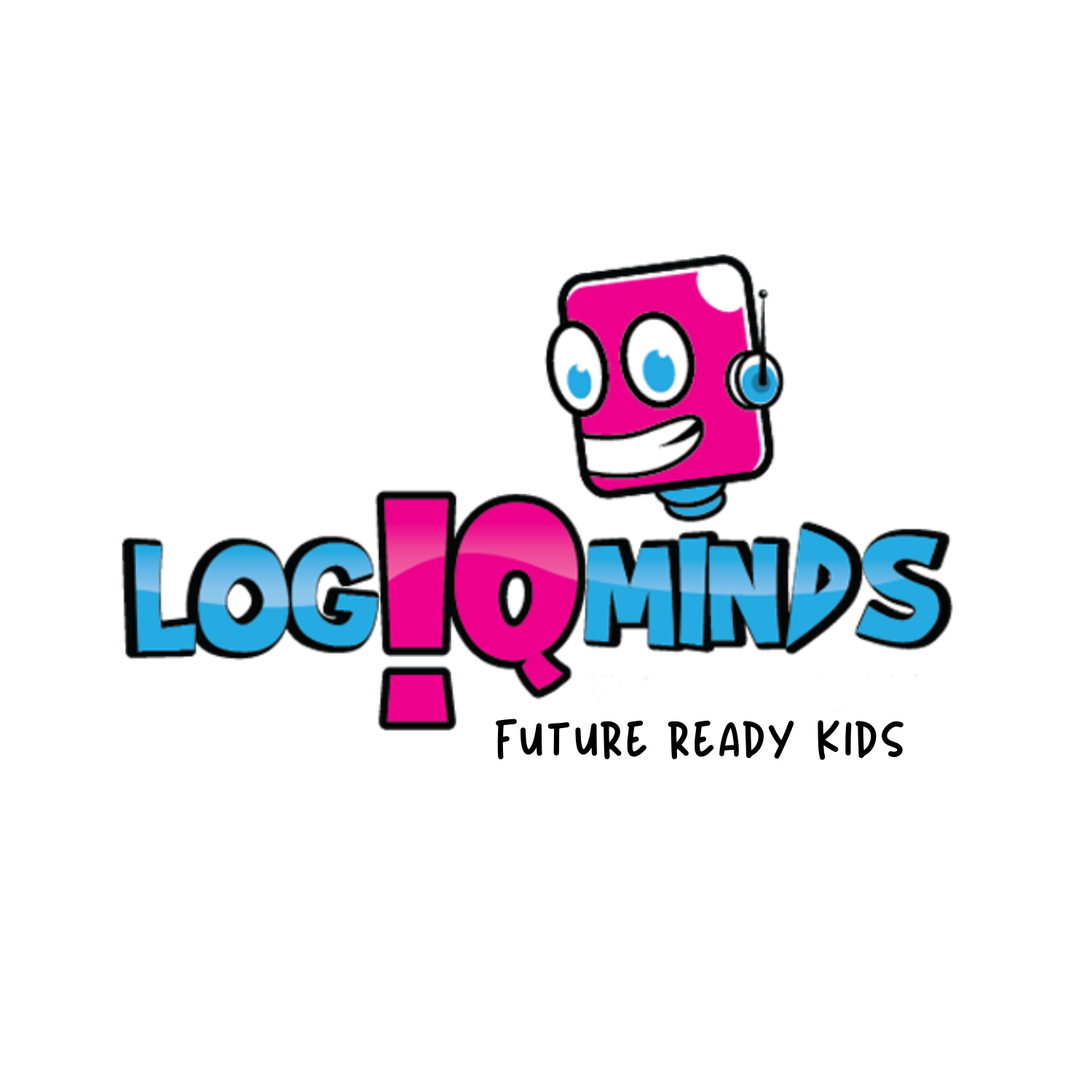Know about differentiated instructions!
At its most fundamental level, differentiation refers to teachers' attempts to address differences among students in the classroom. Differentiating instruction occurs whenever a teacher interacts with a student one-on-one or in a small group to tailor the learning experience for that student. Depending on a student's interest, readiness, or learning profile, teachers can distinguish at a minimum of four aspects of the classroom:
Content- What the pupil must learn or how they will obtain the material
Process- the actions that a student takes to comprehend or understand the material;
Products - final projects that require students to put what they have learned in a class into practice and extend it; and
Learning environment- it is the look and the feel of the classroom.
Content
The following are some instances of distinguishing curriculum at the elementary stage:
-Using reading materials with different readability levels;
-Putting textbooks on tape;
-Using phonetics or vocabulary lists according to students' readiness levels;
-Presenting ideas using both visual and auditory methods;
-Meeting with small clusters to reinforce concepts or skills for slow learners, or to broaden the thinking or abilities of advanced students.
Process
The following are some instances of differentiated activities or processes at the primary level:
-Using activities with different degrees of assistance, difficulty, or complexity so that all students work using the same crucial knowledge and abilities;
-Offering centers of interest that inspire students to investigate portions of the class's subject that particularly interest them;
-Offering manipulatives or other hands-on assistance to students who require them; and and
-Creating personal interests (task lists created by the teacher that include work that is common to the entire class and activity that focuses on the needs of individual students) to be finished either during the designated time or as learners finish other work early;
Products
The following are some examples of products that can be differentiated at the elementary level:
-Offering pupils, a range of options for how to communicate required learning (for instance, by developing a puppet performance, a letter, or a fresco with labels);
-Using grading criteria that accommodate and advance students' various ability levels;
-Allowing learners to work on their projects individually or in small groups; and
-Encouraging pupils to design their projects as long as they include the necessary components.
Learning environment
At the primary school level, examples of diverse learning environments include:
-Providing materials that reflect a variety of cultures and home environments; -
-Outlining clear guidelines for independent work that match individual needs;
-establishing procedures that allow pupils to receive assistance when teachers are occupied with other learners and unable to do so immediately; and
-Helping students understand that some learners are different from others.


